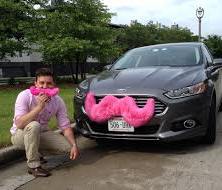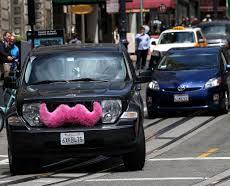Twice As Nice: Uber And Lyft Rideshare Apps
The purpose of technology, if we may derive it from the simplified textbook definition of a machine, is to make our work easier. This holds true in every aspect of human-machine collaboration save for exceedingly technical and human-oriented projects such as urban public transportation. No more, though, since the explosive advent of internet ridesharing companies such as Uber and discounts for the uber app. These are making transportation easier.
Make the best of both worlds
While the Uber and Lyft rideshare apps aren’t the only platforms available for ridesharing activities, the market share they command between them is so considerable as to make the rest of competition more or less irrelevant.
Moreover, and most importantly, they represent the platfo rms with the most client activity ad market penetration, thus representing the best avenues to getting those all-important passenger fares.
rms with the most client activity ad market penetration, thus representing the best avenues to getting those all-important passenger fares.
The two rideshare companies, though locked in such fierce rivalry with one another, offer a great opportunity to drivers who’re able to take advantage of the two platforms to optimize their passenger volumes as well as their average rates per trip.
How it works
Smartphones are a godsend here. With the processing power to hold and run multiple apps concurrently and without a hiccough, it wouldn’t be pushing it to load both Uber and Lyft onto one device.
It might seem like having two phones might be more efficient, but it isn’t – it’ll more likely than not come across as clumsy and be one more avenue of diversion for your naturally limited attention. Your passengers won’t be impressed either.
The two rideshare apps are somewhat similar in nature, as whenever you are online, both Uber and Lyft will display their respective icons in the status bar of your smartphone.
You need to be watchful, though, whenever you are switching between the applications as the operating system might turn off the applications whenever they run for extended periods without your checking in on them, but that’s a minor inconvenience. At any rate, you’re ready to pick up a passenger on both ridesharing apps.
On with the ride
Once you receive a ride request on either the Lyft or Uber app, you’ll receive notification on your phone screen or status bar. Whichever platform registers the hit, turn off the other one and proceed into navigation mode and carry out your pick-up and journey as you would on a single platform.
This aspect of your operation doesn’t change in the least. Complete the trip normally then turn on the switched-off app to continue enjoying double the opportunity exposure.
Rideshare applications and organizations such as Lyft and Uber, formally designated as collective transportation network companies (TNC’s), take on the heroic task of providing reliable, flexible, affordable, and ultimately enjoyable means of getting around and about our city streets. Surely we can all get on board with that.

